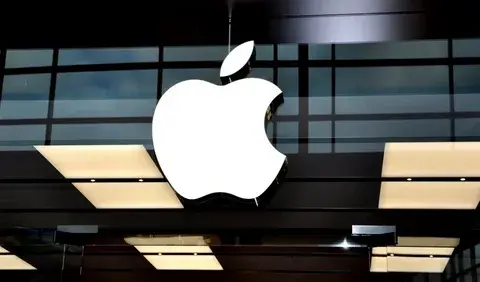
apple
New Apple TV+ trailers expected

- Apple expected to show off new trailers for their TV+ service.
- Likely to include season two of Severance, which was teased at the September 2022 event.
New iPhone colors expected
- Apple expected to release new colors for the iPhone lineup, including the Pro models.
- Spring colors expected for iPhone cases and Apple Watch bands.
No VR headset expected

iMac delay confirmed

- The new iMac 24 inch is not coming until late 2023 at the earliest.
- It won’t come with an M2 chip update.
- Mark German hinted at this in April 2022 when he said the iMac with M3 chip was already in the works, suggesting the M2 model was skipped.
- The new Macbook Air and iMac will come with a three nanometer M3 chip that won’t be ready until later in the year.

iPad Pro update not expected
- The iPad Pro was just updated in October 2022 and is usually on a one and half year cycle.
- Latest rumors from Korea’s ET News suggest the iPad Pro won’t have an OLED display until next year.
No iPad Mini update expected
- The iPad Mini is expected to be refreshed but likely early next year.
No iPad Air update expected
- The iPad Air is not coming this year and definitely not at the spring event.
- It was released at the spring event last year and is also on a one half year cycle.
- Ross Young has been saying that we’re expecting multiple OLED iPads in 2024.
No Mac Studio update expected

- It’s unlikely that Apple will launch an updated Mac Studio with M2 Ultra due to similarity with the upcoming Mac Pro.
- M2 Extreme chip is likely canceled, so it’s going to be limited to M2 Ultra.
- The Mac Studio is going to be skipped and won’t come until the M3 Extreme is ready for the Mac Pro.
- This way, they can have the M3 Ultra for the Mac Studio.
MacBook Air M3 chip expected in late 2023

- The new MacBook Air with three nanometer M3 chip is launching in the second half of 2023.
- The M1 came out in November 2020, and about a year and a half later, the M2 chip was released in the summer of 2022.
- It only makes sense for the M3 to come around a year and a half later.
15-inch MacBook Air with M2 chip
- Leaks suggest a 15-inch MacBook Air is coming to the spring event, and will have the M2 chip.
- The M2 chip is the same one that came out last year.
- Identical to the 13-inch MacBook Air with the M2 Chip, with only a few differences such as a larger display, battery, and better speakers.
- Potential for Wi-Fi 6E and Bluetooth 5.3, as evidenced by an Apple filing for Bluetooth 5.3.
- Ming Chico talked about the 15-inch MacBook Air back in June 2022, saying it could launch in Q2 of 2023, which starts in April.
- The 15-inch MacBook Air could be announced at the March event, but only ship in early April.
Mac Pro
- There are leaks pointing to the Mac Pro finally being unveiled at the spring event.
- There was an Apple executive who hinted at the Apple silicon Mac Pro, saying they’re still working on it.
- The design will look identical to the current Intel model.
- It will lack expandable RAM due to the unified memory architecture.
- There is a saving grace for the Mac Pro, with a leak from 9to5Mac suggesting a new compute module within iOS 16.4 code.
- The new compute module could be a custom GPU card that slots in, providing a big boost for things like 3D rendering.
Apple's founding and early years
Steve Jobs and Wozniak established Apple on April 1, 1976, in a garage in Palo Alto, California.
Jobs left school at the age of 17 and enrolled in a number of courses to determine his areas of interest.
He started working for Atari in 1974 as a programmer for video games, when he met Steve Wozniak.
To obtain funds for the establishment of Apple Computer Corporation, Wozniak sold his HP computer and Steve Jobs his VW automobile.
On April 1st, 1976, the business was established as a result of a collaboration with Ronald Wayne.
The three were successful in producing Apple I computers, which they offered for sale for a year without the monitor, keyboard, or enclosure that had been standard since 1977.
Jobs teamed up with The New York Times to find a method to market computers.
Apple's success and growth
The first investment in Apple came in the form of $92,000 one year after its founding.
They first introduced the Apple II, which was incredibly popular and had its own display, an open architecture, and vibrant graphics. They then worked with IBM to develop the Apple III.
Steve Jobs introduced the Apple Lisa, the first personal computer with a graphical user interface, in 1983 after growing more and more persuaded that computer-friendly graphical user interfaces were the way of the future.
Its commercialization ultimately failed as a result of the high cost and small number of applications.
Apple introduced the Macintosh 128K in 1984. It was initially well received, but sales of it fell down substantially as a result of its high cost, slow performance, and restrictive software.





